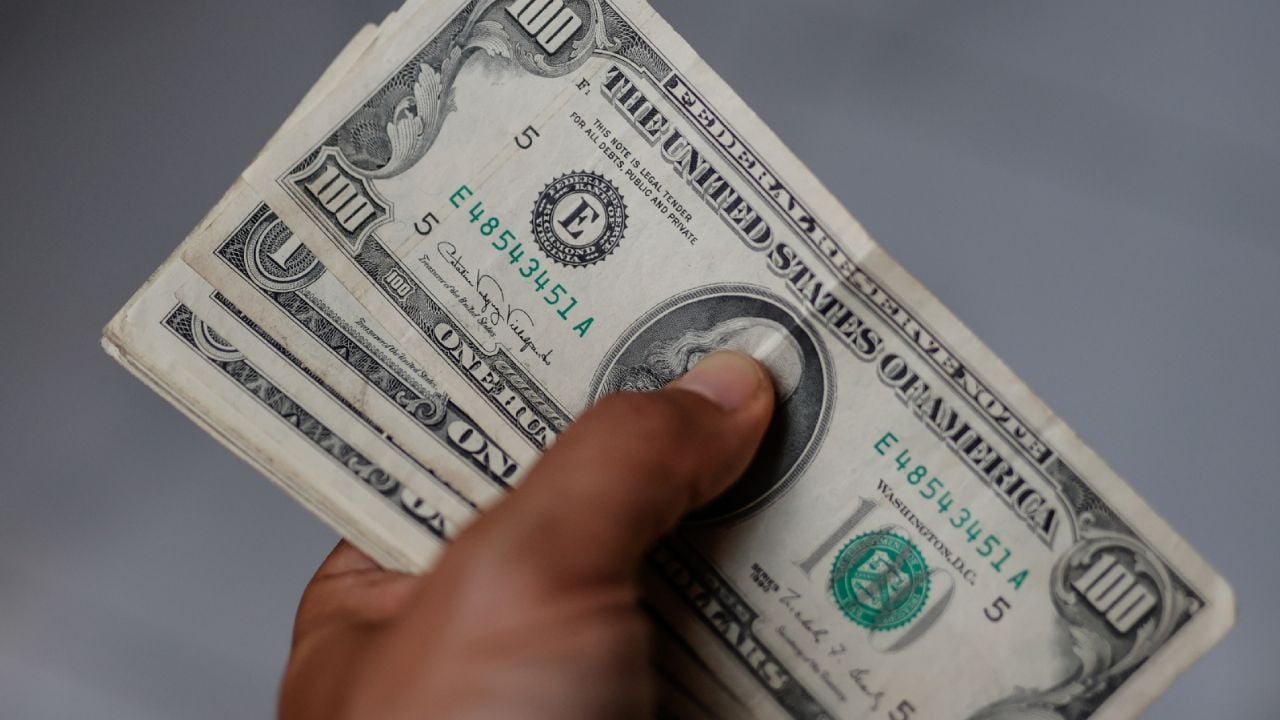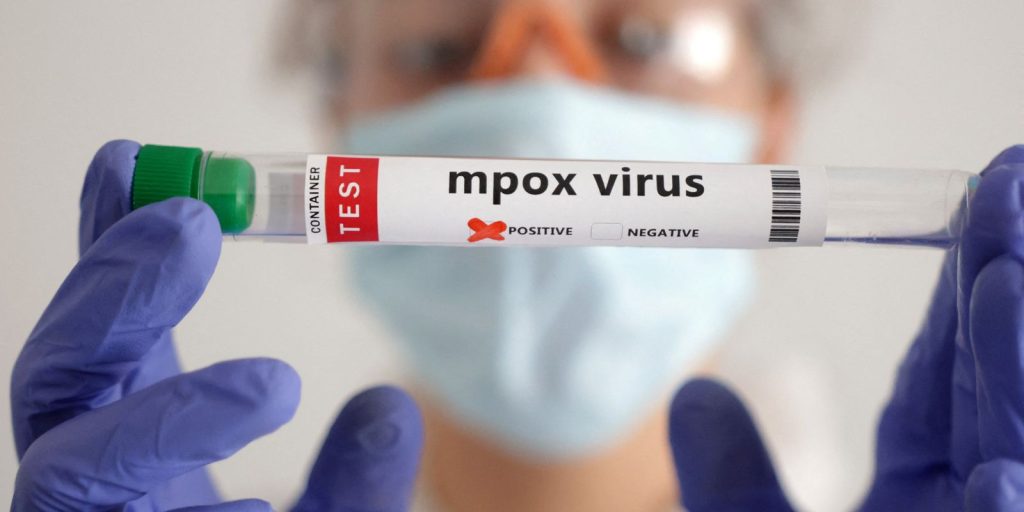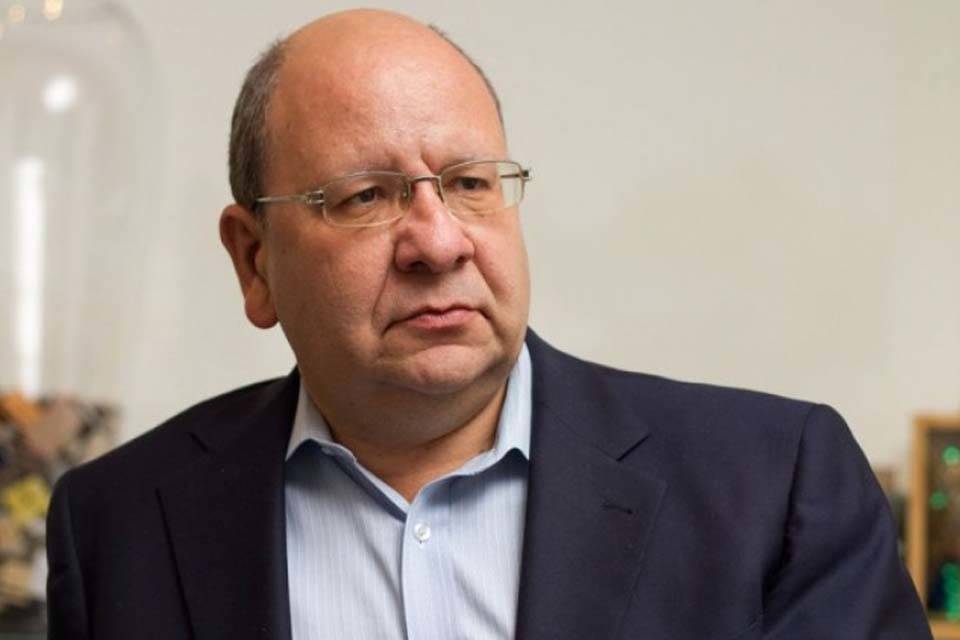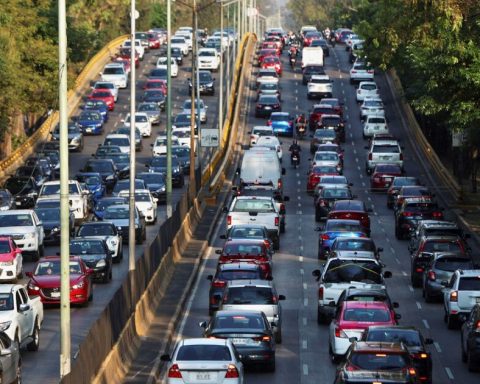Last week, the price of dollar The rise in the price of the blue dollar and the official dollar reflected the tensions and economic dynamics that characterize the country. The blue dollar, which is traded in the informal market, closed on Friday, August 23 at $1,350 for sale and $1,320 for purchase.
This quote represents a significant gap with respect to the dollar official, reflecting the high demand for dollars in the parallel market due to the exchange restrictions imposed by the government.
The gap between the blue dollar and the official dollar stood at 37.2%, a considerable difference that shows the lack of confidence of investors and citizens in the economic stability of the country.This difference in exchange rates is also an indicator of the inflationary pressure and political uncertainty affecting Argentina.
On the other hand, the dollar The official dollar, controlled by the Central Bank of the Argentine Republic (BCRA), closed the same day at $966 for sale and $926 for purchase. This price is significantly lower than that of the blue dollar, which underlines the restrictions and exchange controls in force.

Fountain: Dollar Today.
The official dollar is used mainly for commercial transactions and regulated financial operations. This Monday, August 26, the dollar The blue dollar is quoted at $1,330 for purchase and $1,350 for sale. Meanwhile, the official dollar is quoted at $926 for purchase and $966 for sale.
In addition to the dollar blue and the official, there are other exchange rates that are relevant in the Argentine market: The MEP (Electronic Payment Market) dollar was quoted at $1,282.70. The CCL (Cash with Settlement) dollar was quoted at $1,286.

Quotes
He dollar The crypto exchange rate was quoted at $1,287.21. This exchange rate refers to the purchase of dollars through cryptocurrencies, an increasingly popular alternative due to the volatility of the traditional exchange market.
The difference between the dollar The difference between the blue and the official dollar has multiple implications for the Argentine economy. Firstly, the high price of the blue dollar reflects the lack of confidence in the local currency and the economy in general.


















